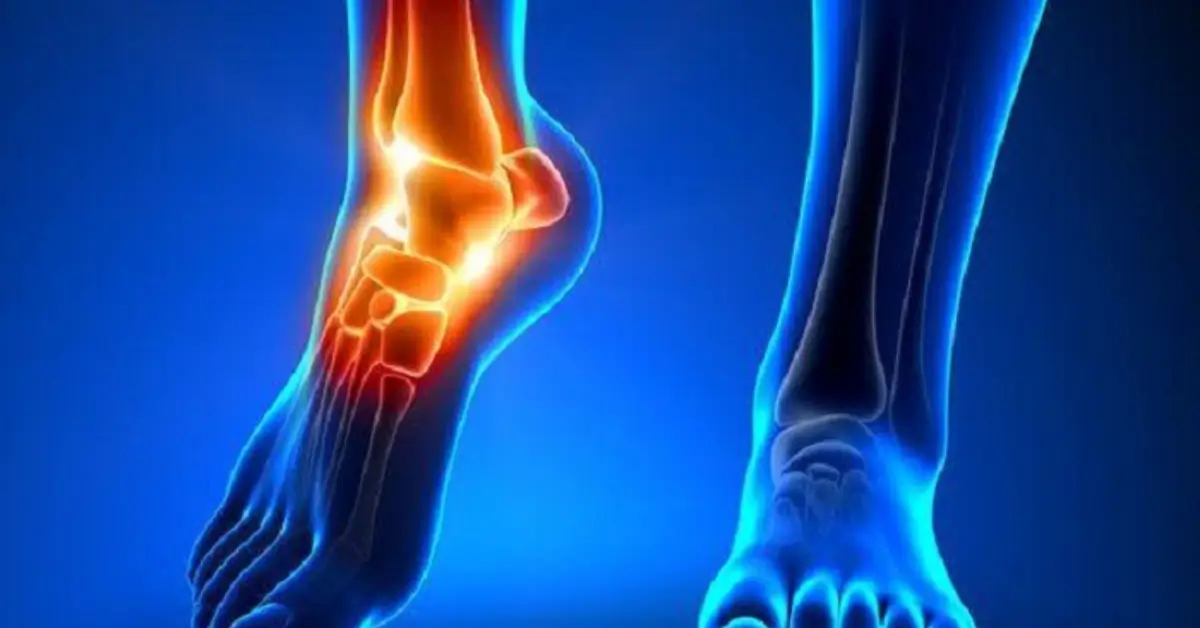The fotbladet, or sole of the foot, plays an essential role in human movement, balance, and shock absorption. When pain occurs in this area, it can severely affect your mobility, work, and quality of life.
This comprehensive guide explains what fotbladet is, why pain develops, how it is diagnosed, and the most effective treatments — both medical and home-based.
Understanding fotbladet – Anatomy and Function
Fotbladet, the underside of the foot stretching from the heel to the base of the toes, contains a complex network of muscles, ligaments, and connective tissues.
It bears the body’s entire weight when walking or standing. The plantar fascia — a strong band of tissue running across fotbladet — maintains the arch of the foot and absorbs impact.
Within fotbladet are 26 bones, 33 joints, and more than 100 muscles, tendons, and ligaments. These structures work together to provide flexibility and strength. When the tissue is overstressed or inflamed, pain and limited motion often follow.
Common Causes of fotbladet Pain
Pain in fotbladet is one of the most frequent foot complaints worldwide. Research from 2024 shows that nearly 10% of adults experience plantar foot pain each year.
Plantar Fasciitis and Inflammation
This is the leading cause of fotbladet pain. It occurs when the plantar fascia becomes irritated due to repetitive strain, poor footwear, or high-impact activities. The pain is typically sharp, especially during the first steps in the morning.
Heel Spur and Biomechanical Factors
A heel spur is a bony growth that develops where the plantar fascia attaches to the heel bone. Though often painless itself, it can aggravate inflammation. Flat feet, high arches, or incorrect gait patterns can also cause uneven pressure and strain on fotbladet tissues.
Muscle or Tendon Strain
Overuse injuries from running, jumping, or prolonged standing can lead to micro-tears in the muscles and tendons of fotbladet.
Nerve-related Pain (Neuropathy)
Conditions such as Morton’s neuroma can compress nerves in the foot, leading to burning, tingling, or shooting pain across fotbladet.
Read Also: air gearbox
Symptoms and Diagnosis
Fotbladet pain usually begins as a mild discomfort but may progress to stabbing pain when walking or standing for long periods. Common symptoms include:
- Sharp heel or midfoot pain upon standing
- Tenderness or swelling in the sole
- Stiffness after rest or in the morning
- Burning or numbness if nerves are affected
A doctor or orthopedic specialist may perform a physical exam, gait analysis, and imaging such as X-ray or ultrasound. These tools help identify inflammation, bone spurs, or soft-tissue damage.
Non-Surgical Treatments
Most cases of fotbladet pain improve with conservative methods:
Rest and Load Reduction
Limit walking, running, or standing for extended periods. Gradual reintroduction of activity is key.
Orthopedic Insoles and Support Socks
Custom insoles provide arch support, improve alignment, and reduce strain on fotbladet. Compression socks enhance circulation and decrease swelling.
Physical Therapy and Stretching
Exercises that target the calf, Achilles tendon, and plantar fascia can restore flexibility. Rolling a tennis ball or frozen bottle under fotbladet for 5–10 minutes daily helps relieve tension.
Medication and Cold Therapy
Over-the-counter anti-inflammatory drugs (NSAIDs) and ice packs can reduce swelling and pain.
Shockwave Therapy and Injections
Advanced treatments such as extracorporeal shockwave therapy (ESWT) or corticosteroid injections are effective for persistent cases.
Surgical and Advanced Treatment Options
Surgery is considered only after 6–12 months of failed conservative treatment. Common procedures include:
- Plantar Fascia Release: Partial cutting of the fascia to relieve tension.
- Heel Spur Removal: Surgical removal of bone growth to ease pressure.
- Nerve Decompression: Used when nerve entrapment is identified.
Recovery typically takes 6–8 weeks, followed by rehabilitation under physiotherapist supervision.
Prevention and Home Care
Preventing fotbladet pain involves consistent care and awareness of foot mechanics:
- Wear Proper Footwear: Choose shoes with cushioning and arch support.
- Use Orthotics: Custom inserts distribute weight evenly.
- Stretch Regularly: Calf stretches and foot rolling improve flexibility.
- Monitor Body Weight: Excess body weight increases stress on fotbladet.
- Practice Gait Awareness: Seek a professional gait analysis if you experience recurring pain.
Case Studies and Real Patient Stories
Many patients recover fully with conservative care.
For example, Maria, a 42-year-old teacher, experienced fotbladet pain for 8 months. After combining physical therapy, orthotics, and gradual activity return, she became pain-free within 12 weeks.
Such cases highlight the effectiveness of early diagnosis and consistent rehabilitation.
Future Research and Innovations
Recent studies focus on regenerative medicine techniques such as platelet-rich plasma (PRP) injections, stem-cell therapies, and 3D-printed orthopedic insoles. AI-based gait analysis systems are also being developed to predict and prevent fotbladet injuries before symptoms arise.
Frequently Asked Questions (FAQs)
What is fotbladet?
Fotbladet refers to the sole of the foot — the part that bears body weight when standing or walking.
What causes pain in fotbladet?
The most common cause is plantar fasciitis, an inflammation of the connective tissue under the foot.
Can fotbladet pain heal on its own?
Yes, mild cases often improve with rest, proper footwear, and stretching exercises within a few months.
When should I see a doctor?
If pain persists longer than 6–8 weeks or interferes with daily movement, medical evaluation is necessary.
Are orthopedic insoles effective for fotbladet pain?
Yes, insoles help realign the foot arch and reduce stress on the fascia.
Is surgery required for all fotbladet problems?
No, surgery is a last resort when conservative treatments fail.
Can stretching help relieve fotbladet pain?
Yes, gentle daily stretching of the plantar fascia and calf muscles can reduce stiffness and prevent recurrence.

